As the weather starts to cool down, don't let that stop you from growing your own vegetables and herbs! Autumn is an ideal time of year for sowing seeds which thrive in cooler temperatures - giving you a delectable harvest throughout winter and spring. With these delicious home-grown ingredients at hand, there's nothing stopping you from creating tantalizing dishes in no time! There are a few tips that you need to keep in mind with winter gardening - so let us explore them together with Happy Valley Seeds!
Exploring 4 Winter Gardening Possibilities to Keep Your Garden Thrive!
Following these four easy tips, you can extend your food crop well into late spring and early summer! Now you can enjoy fresh veggies almost year-round without having to depend on store-bought options largely.

-
A Harvest of Abundance in the Late Autumn
Utilise the cooler temperatures of winter to your advantage by planting crops later than usual. This will still provide a bountiful harvest in May, such as tomatoes or capsicum sowed in February. Typically, you can expect to reap the first harvest in six weeks, yet late harvesting could take up to three months, which gives you more time for other activities! This works excellently with root vegetables & leafy greens that withstand colder weather.
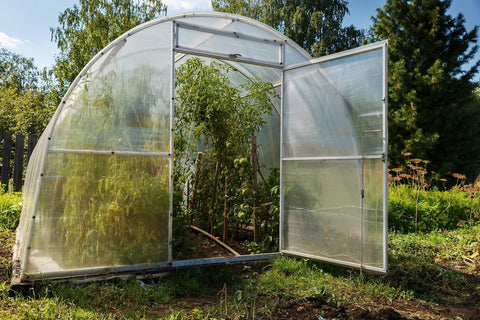
-
Abundance Amidst the Frost: Revel in the Early Winter Harvest
Acquiring the necessary amount of sunshine can be daunting for some crops, making winter harvests somewhat unpredictable. To increase your chances of success, try planting peas, lettuces, turnips & radishes as you clear away annual summer crops. If the late autumn and early winter are mild, with copious amounts of daily sunshine, you could achieve bountiful yields! Potting these plants outdoors might work, exposing them to optimal conditions.
In case of a sudden drop in temperature or lack of sunlight, you can always move your plants indoors and position them next to windows for maximum light exposure.
-
Style that Defies the Cold Season
To safeguard your plants from the chilly temperature, several tools can be utilised to cover those plants. The quickest and most straightforward way to grow your veggies is by building or buying a cold frame. Not only does its setup take no time, but you can also move it around quickly when collecting the harvest! In our experience, investing in these frames is worth every penny if you already have raised garden beds since they provide shelter for an extended space while keeping your harvests together! Greenhouses are more advanced than cold frames, which we will discuss below.
-
An Abundant Late-Winter Bounty
To thrive in the chilliest of winters, you will need to opt for crops that can handle a slower growth rate during summer. Onions, cauliflower, garlic, and certain broccoli are all excellent choices! Timing is essential; be sure to plan your planting timeline around March so they will have sufficient time before days start becoming shorter.
With a small amount of moderate warmth and some sunshine, you should be able to enjoy bountiful harvests from your winter garden. You do not need an outdoor space; build a cold frame, and the vegetables will remain alive and thriving! We have had great results when harvesting our crops in late winter.
Ready to Grow Your Garden Throughout the Winter? Here is What You Should Plant for Maximum Yields!
To grow a reliable, winter-resistant garden, you should understand how fast each crop can mature in colder temperatures. Once you become knowledgeable about these fundamentals, you can stratify your planting schedule appropriately and provide yourself with an ongoing supply of fresh produce from late summer through late winter. Here are some helpful insights when preparing for a bountiful harvest during seasonal chill:
Quick Maturing
If you are running behind on preparing for winter, here are some quick-maturing crops that will be harvestable in as little as 40-45 days! These options include:
Salad Green, Bok Choy, Lettuce, Spinach, Chicory, Endive
Slow Maturing
In areas with colder climates that experience prolonged freezing temperatures, consider planting your root vegetables into a winter garden or raised bed for extra frost protection. Plant these overwintered crops in May, and they could be ready by early spring - since some can take up to three months to fully mature. For maximum success, I suggest the following varieties:
Onions, Brussels Sprouts, Carrots, Beetroots, Cabbage, Parsnip
Mid Maturing
Leafy greens and root veggies need protection from temperatures below freezing – even the hardiest frost-resistant varieties! Generally, these crops take two months to mature, but if your climate proves too cold for them, be prepared for up three-month wait. Planting a batch of winter vegetables in March and another in late April will give you an optimal supply from May to June. Here are our favourite winter veggie picks that have yielded tremendous success:
Silverbeet (Swiss Chard), Radish, Turnips, Leeks, Kale, Spring Onion, Collards
Safeguard your Winter Garden with These Simple Steps!
Whether you have a winter garden or greenhouse, planning to protect your plants from cold temperatures is essential to gardening.
Mulch
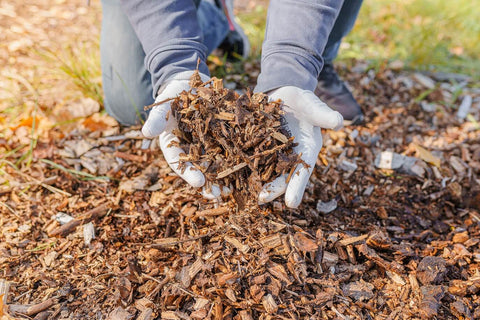
Instead of shelling out money for bags of bark and leaf mulch from a garden centre, why not choose free alternatives that are better for your wallet - and the environment? Nurturing our winter crops, we typically cover the soil with a 4-6cm layer of natural materials like leaves, straw or pine needles. Make sure to firmly press the soil without being too heavy-handed so air pockets are not created.
Cold Frame

Gardeners have used cold frames to protect plants from frost and allow sunlight for years. The portability of this mini-greenhouse is a plus - packing it up before spring means it is ready to go again when mid-May rolls around! Cold frames are usually supplied with their planting box or raised bed, yet we strongly favour those you can install over your preexisting growing areas. Investing in one has proven beneficial for me both now and previously, so why not use its advantages?
Hoop Tunnel
A hoop tunnel is a perfect solution for gardeners looking to take their cultivation further than with a row cover but without incurring the considerable expense of building or buying a greenhouse. This setup consists of corrosion-resistant u-shaped bars inserted into the ground and covered by thick plastic sheeting, protecting plants from frost during cooler weather. For hardy vegetables in particular, this practical yet cost-effective option can be just what you need - easy to assemble in autumn and dismantle when spring arrives!
Winter Greenhouse
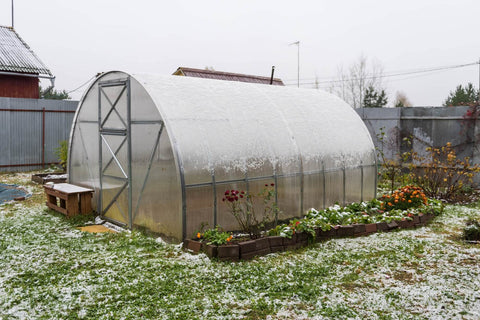
Although a heated greenhouse is the most costly option, it is usually only necessary when temperatures drop drastically. The drawback to this solution is that they consume substantial amounts of energy and can be easily overwhelmed in frigid climates. Our preference for dealing with chillier weather has been an unheated greenhouse; if frigid temperatures arise, we add row covers inside the structure.
Hot Bed
Investing in cold frames with heated beds to preserve your plants from freezing temperatures may seem alluring, but it is an energy-draining solution that would result in a substantial carbon footprint. Instead, opt for robust greens that can endure frost and skip more delicate plants; this will keep you more sustainable without compromising the quality of your plant life!
Row Cover

Row covers are a cost-effective and dependable tool for safeguarding your plants from frigid winds. They provide warmth, and by insulating the ground, they can even protect roots from frost damage! To take things further, during sweltering summers, these row covers can also be used mid-summer until late summer for shade purposes too! Plus, you do not have to worry about purchasing a new one every year - make sure you are careful when placing and removing them not to cause any tears.
Need help maintaining the perfect temperature for your greenhouse this winter?
We suggest investing in a high-quality greenhouse to be fully prepared for cold winter weather. Additionally, several methods can assist you with increasing the temperature inside your greenhouse during this chillier season.
Capture Sun's Warmth
To capture the sun's warmth, spread dark mulch on your soil. The black material absorbs sunlight and, even in freezing temperatures, creates a protective layer against deep frost penetration to protect your roots from harm. You can utilise its heat for long-term benefits with a small amount of direct light!
Cover Plants
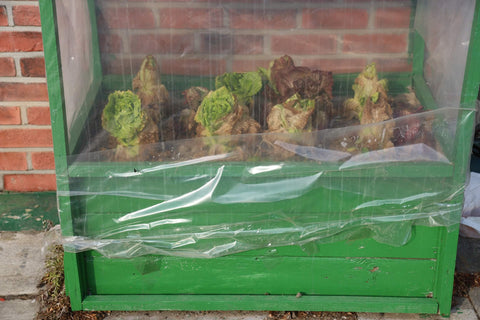
Even when sowing hardy vegetables that can brave the cold, shielding these winter crops with garden fleece blankets is wise. Although placing them over your plants in the evening will ensure they are safeguarded during nightfall, too much shade could be created if you leave them on throughout the day. Therefore, carefully drape covers over your vegetation as darkness falls and remove them soon after sunrise for optimal protection without diminishing light levels for photosynthesis!
Add Insulation
While some might suggest purchasing specially made horticultural bubble wrap, any large bubble wrap will do the jobThe advantage of using a product with larger bubbles is that they allow enough sunlight into your structure while still creating an insulation barrier that helps protect your plants during cold nights.
Use Solar Heaters
A solar-powered heater is a best and most sustainable choice if you are stuck with extreme temperatures for long durations. It may cost more upfront than traditional heating systems; however, it will be worth your while in terms of environmental protection--keeping your carbon footprint low!
Ensure Your Winter Garden Thrives: Mastering the Art of Watering
Knowing the best way to water your winter garden is critical to successful gardening. Here are some valuable tips that we recommend considering!
How Much Moisture Does Your Garden Need During the Winter Months?
During the cool season, you do not need to water as much due to plants' slower growth and dormancy. Plants require fewer nutrients and water during winter days, with lower temperatures and reduced direct sunlight daily, causing the soil to hold moisture for an extended period. Invest in a handy moisture meter for regular checks!
When is the Optimal Time for Watering?
Knowing when to water your crops is just as essential for optimal yields as understanding how much moisture they require. The timing of watering can immensely affect the growth and survival of leafy greens like winter lettuce.
Never water when it is freezing outside to protect your crops from the damaging effects of winter temperatures. Instead, select a sunny day to water - this will allow the moisture to sink deep into the soil and avoid potential harm before nighttime arrives. Following this rule is essential for securing plentiful harvests in any garden!
What about Plants in Greenhouse?
Even when the temperature drops, your greenhouse plants should not go thirsty. Though cold and rainy weather cannot reach them inside the structure, sunshine can quickly dehydrate soil. To ensure optimal watering for your plants, we suggest a slightly less frequent schedule every 3-5 days than typical summertime watering.
7 Simple and Proven Winter Garden Tricks
To maximise your gardening success, we have some straightforward winter gardening tips to help you cultivate fresh produce from late autumn through spring.
-
Put your money in Seed Trays for a Blooming Future!
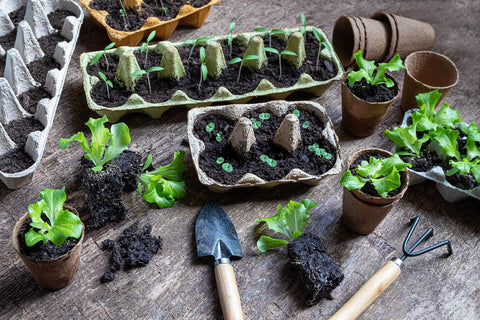
Secure the health of your winter crop seedlings by dedicating a single tray for every variety. This simple step will make it easy to isolate them and provide enough hydration necessary for their growth before transferring them into larger pots when they mature.
-
Unlock the Potential of Garden Shed! Make it Work For You.
Ensure your veggie plants are ready for winter; otherwise, all your hard work could be in vain! When the frost hits, it is vital to safeguard your seedlings. If you have seedling trays with transparent cover, they may survive small amounts of frost. However, several vegetable plants will wither away if too young when exposed for an extended period.
-
Elevate! Use Raised Garden Beds
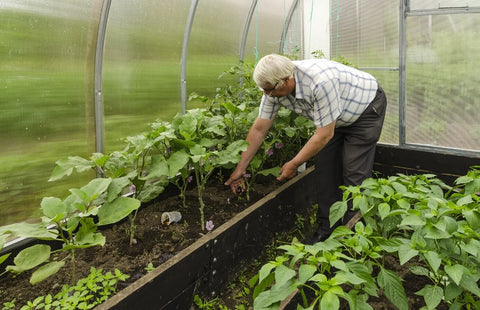
When your seedlings are ready, it is vitally important to transplant them into raised beds—especially if you live in an area with much rainfall. Immersing young plants in waterlogged soil can be just as disastrous as frost. With elevated beds, you have the flexibility to prepare for whatever climate conditions may arise. Do not put yourself at risk of losing those precious little sprouts; invest in raising those gardens!
-
Generate a Shield of Natural Breezes
It is no secret that the cold winter winds can harm outdoor plants. Fortunately, we can protect them by planting shrubs and native bushes around vegetable patches and herbs! Not only do they create an effective windbreaker, but with their lush foliage in summertime comes some much-needed shade. Just remember one thing - you must plant these for maximum efficacy; there is no sense in doing it before or during autumn/winter!
-
Nurture your soil by planting a cover crop!
Planting cover crops in the winter is an excellent way to restore your soil for a future crop and foster prosperous yields down the road! Rye and clover are ideal since they can tolerate cold temperatures while boosting essential minerals in the dirt. Not only will this benefit your land - it is a win-win situation!
-
Reenergise Your Garden with Compost!
After harvesting summer crops, soils often lack the essential nutrients needed to sustain growth in colder months. Supplementing with natural fertilisers such as manure and seaweed can help provide necessary nitrogen-rich sustenance for upcoming vegetation. Incorporate fresh compost into the soil to ensure a successful winter harvest from your pots, raised beds, or greenhouse.
-
Conquer Unwanted Weeds with Ease!
Do not be fooled - weeds can still threaten your protected crop areas during the winter. If they get even the slightest chance, these troublesome plants will quickly deplete the soil of essential nutrients and sometimes block out sunlight that is crucial for your crops' growth. There is still hope! Since it is wintertime, their infiltration will be slower. Be sure to inspect your plants every few days and pluck out any small weeds you find quickly before they have a chance to grow.
In Summary
Winter gardening requires a strategy and some essential tools, yet the benefits are unparalleled. Growing several crops like spinach and kale can add variety to meals throughout the wintertime. Additionally, there is an abundance of other plants that will make harvesting even more exciting! With these recommendations, you are all set for a successful season!

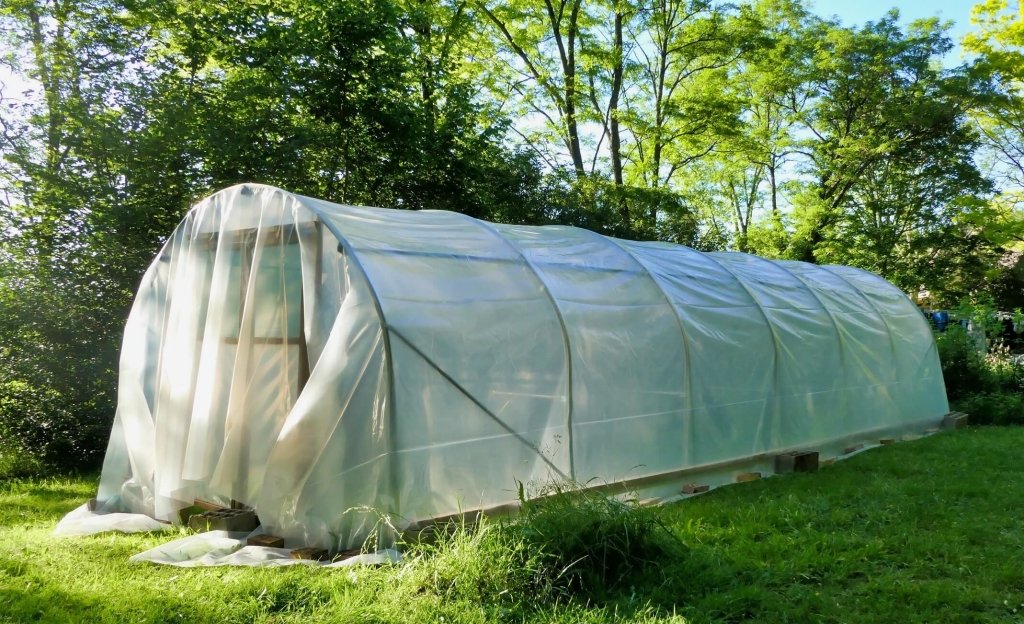
2 comments
Odelle
Great information
Willem Eekelschot
Enjoy reading and using your articles.